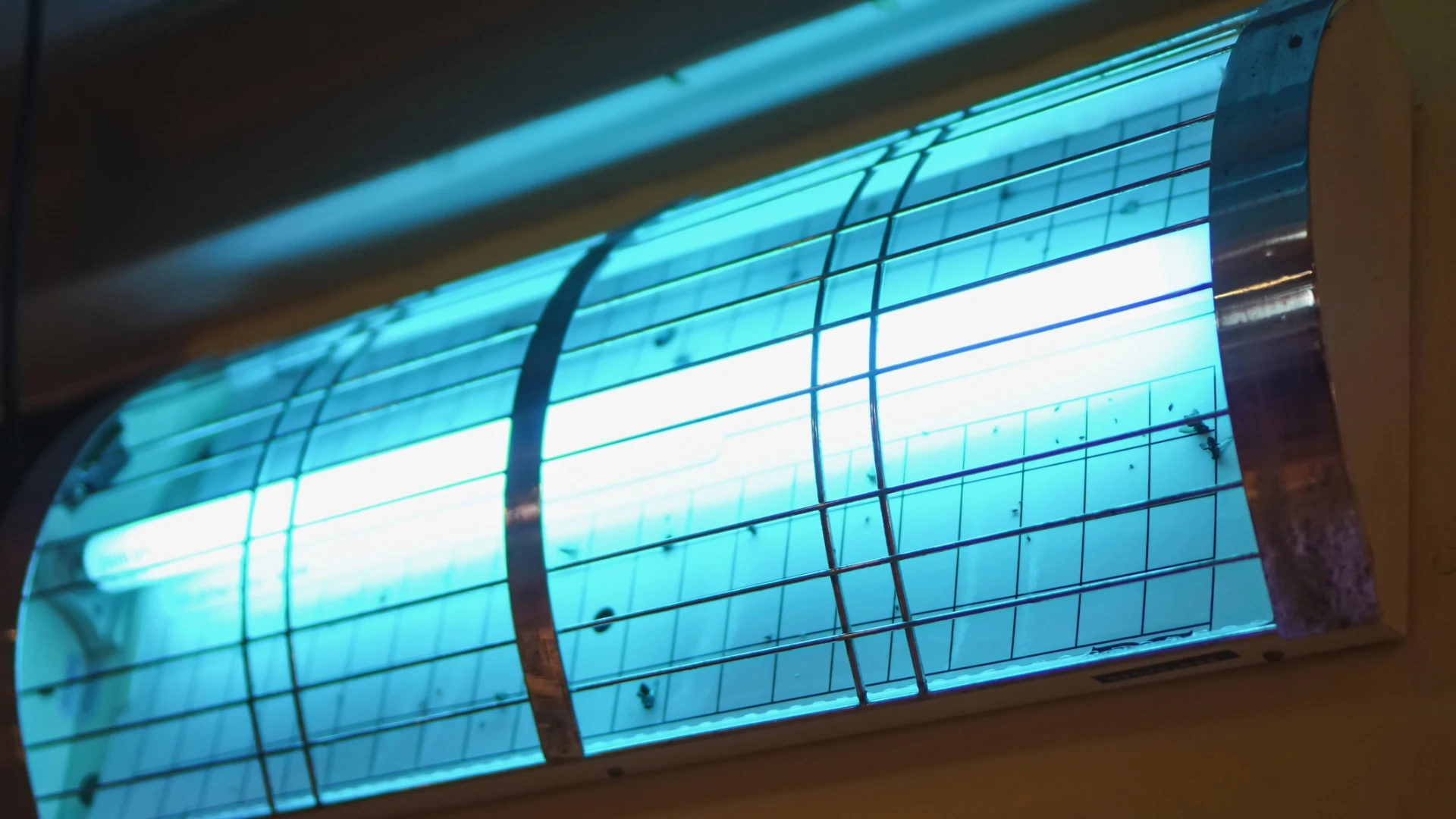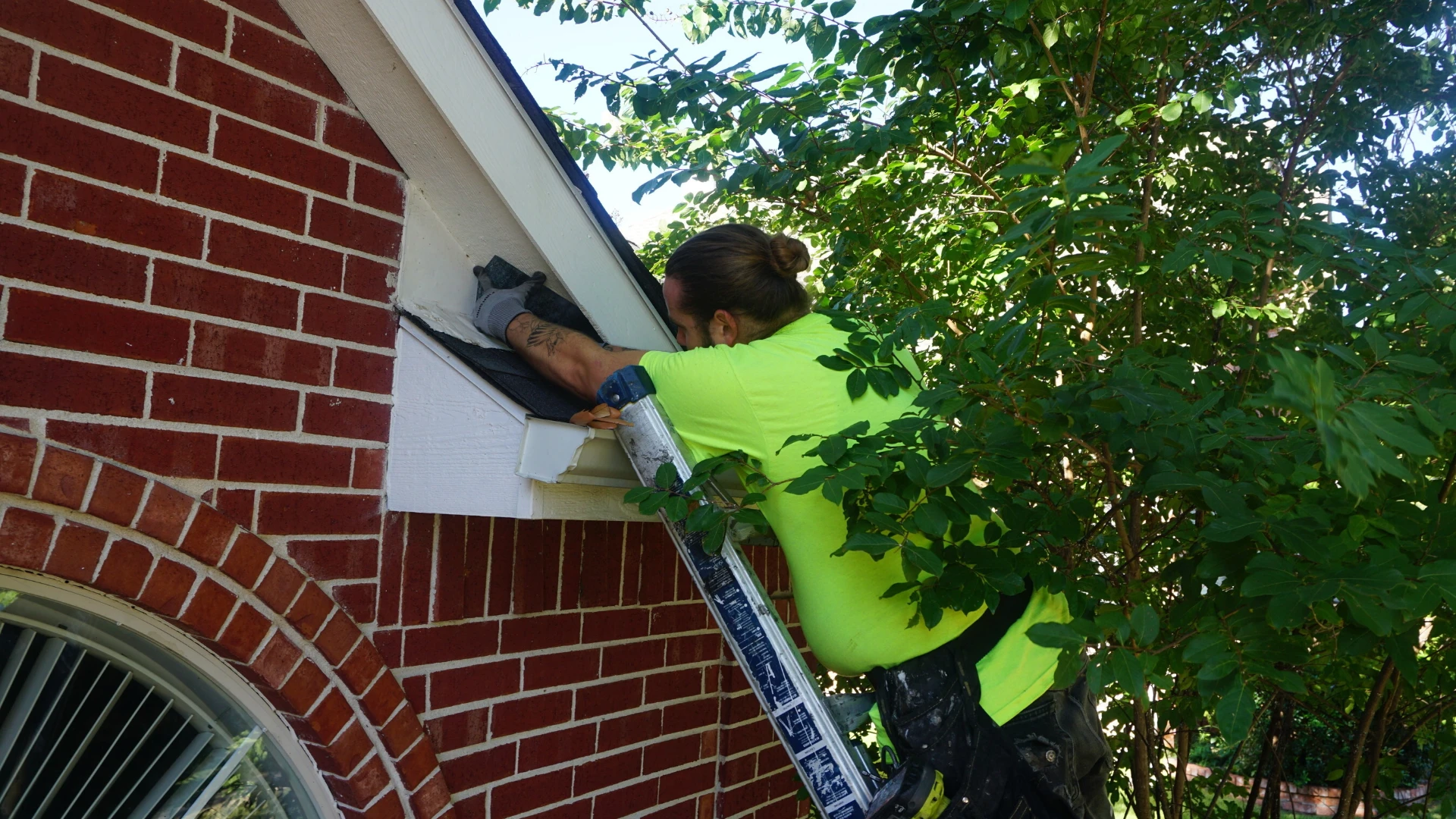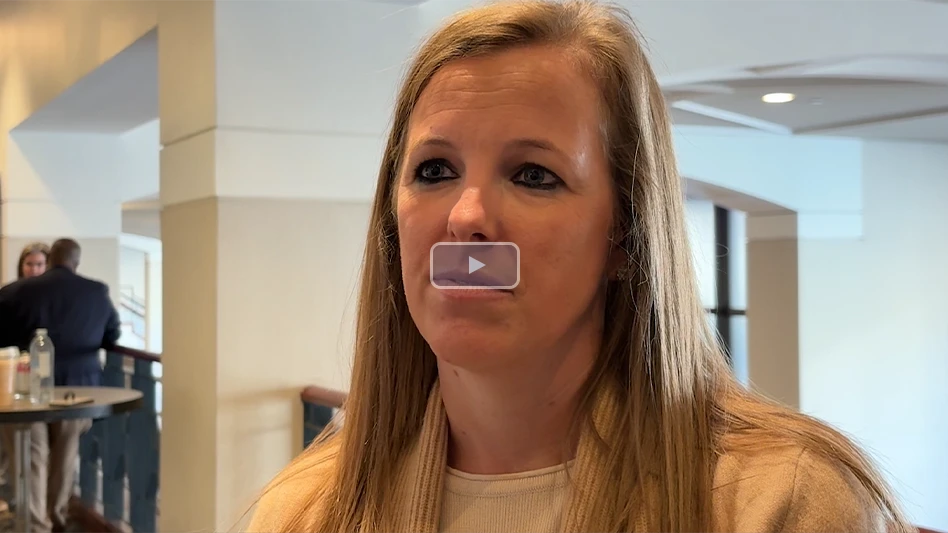
iStock | mansuang suttakarn
Editor’s Note: The following article was adapted with permission from Pinto & Associates.
Insect light traps (ILTs) can effectively control flying insects in commercial accounts only if they’re maintained properly. A typical maintenance program includes:
Cleaning and inspection. Most units automatically turn off the electricity when the trap is opened for inspection or maintenance. However, it may be necessary to unplug the unit before cleaning. Each week, dust off the lamps and the guard door. Use a wire brush to clean insects from the grid. Periodically wash the lamps, reflector and grid with warm, soapy water to remove dust, grease and insect parts. Check for indications of electrical problems like damaged wires, cracked insulators, scorched transformers or loose electrical connections.
Cleaning collection trays. Empty and clean the catch tray weekly. Don’t wait until it’s full of insects. Even a couple of dead insects left in a catch tray can attract dermestid beetles or other scavengers. A small paint brush works well to brush insect parts out of the catch tray and cracks and crevices.
Glue board replacement. Many ILTs use a glue board instead of a catch tray. Follow the manufacturer’s recommendations for replacement of the glue board. Boards that become dusty, greasy or are filled with insects won’t do a good job. Even if the glue boards are clean and empty, they can dry out over time and become ineffective.
Examine the catch. The sudden appearance of a new pest, or an increase in trap catch, can warn you of a developing pest problem somewhere in the facility.
Lamp replacement. Most manufacturers recommend that lamps be replaced at least annually. The effective life of a lamp is about 7,000 hours or 9½ months of use. Even if the light looks OK, it may no longer attract insects. Get in the habit of replacing the lamp each spring so that your insect light traps are working at peak when you most need them.
Bulb Replacement Tips. How often should I change the bulbs in ILTs? That depends. Most ILT manufacturers recommend replacement once a year, but qualify that with data that shows that lamp or bulb output drops off quickly. A typical bulb loses 20 percent of its efficiency in just the first four days. Output continues to drop at a decreasing rate to 60 percent in less than three months and after 8,000 hours of use, the UV light (which we can’t see) is no longer attractive to flying insects.
So why then do manufacturers say to change bulbs only once a year? Apparently because it works best for most customers to change the bulbs in the spring. This is when insects are becoming active again for most customers so traps will be operating at peak efficiency during the busiest insect times. If you change bulbs twice a year, which seems to be the better idea, the argument could be made that new bulbs installed in the fall won’t see much use until they have to be replaced again in the spring. Clearly the frequency depends on your circumstances. If you are relying on your ILTs as a monitoring tool in a food facility, or if you’re located in a region with year-round insect pressure, it’s important that your ILTs be operating at peak efficiency during winter months as well. We believe that it is best to routinely change bulbs every six months if you want your traps to work as they should.
How Do I Dispose of Old Bulbs? Be careful not to break ILT bulbs. Light trap bulbs contain mercury and must be managed as hazardous waste according to EPA. Although EPA would like pest control companies to handle their bulbs as hazardous waste, it has relaxed the regulations to allow businesses to dispose of bulbs as “universal waste.” Used ILT bulbs can be disposed of in sanitary landfills unless you are disposing of large quantities. Some states, however, are more stringent than EPA and require that you dispose of your ILT bulbs as hazardous waste. This usually means that all mercury-added bulbs must be treated, disposed or recycled at an authorized destination facility. Check with your ILT manufacturer to determine your state requirements for disposal of bulbs.
The authors are co-owners of Pinto & Associates.
Latest from Pest Control Technology
- Phorid Flies May Signal Sewer Breaks
- BELFOR Franchise Group Launches Clear Pest Pros
- Orkin's 'Mosquitoes Don't Deserve a Drop' Blood Drive Kicks Off in Atlanta
- Jon Gaeta Promoted to RISE Senior Director Government Affairs
- Texas PWIPM Chapter Gives Back to Women in Need at Women's Forum
- Argentina Hosts 22nd Jornadas Chemotecnica
- Syngenta's Lisa Eppler on WHO Partnership, Malaria's Global Impact
- UF/IFAS Scientists Confirm Hybrid Termites Established in Florida





